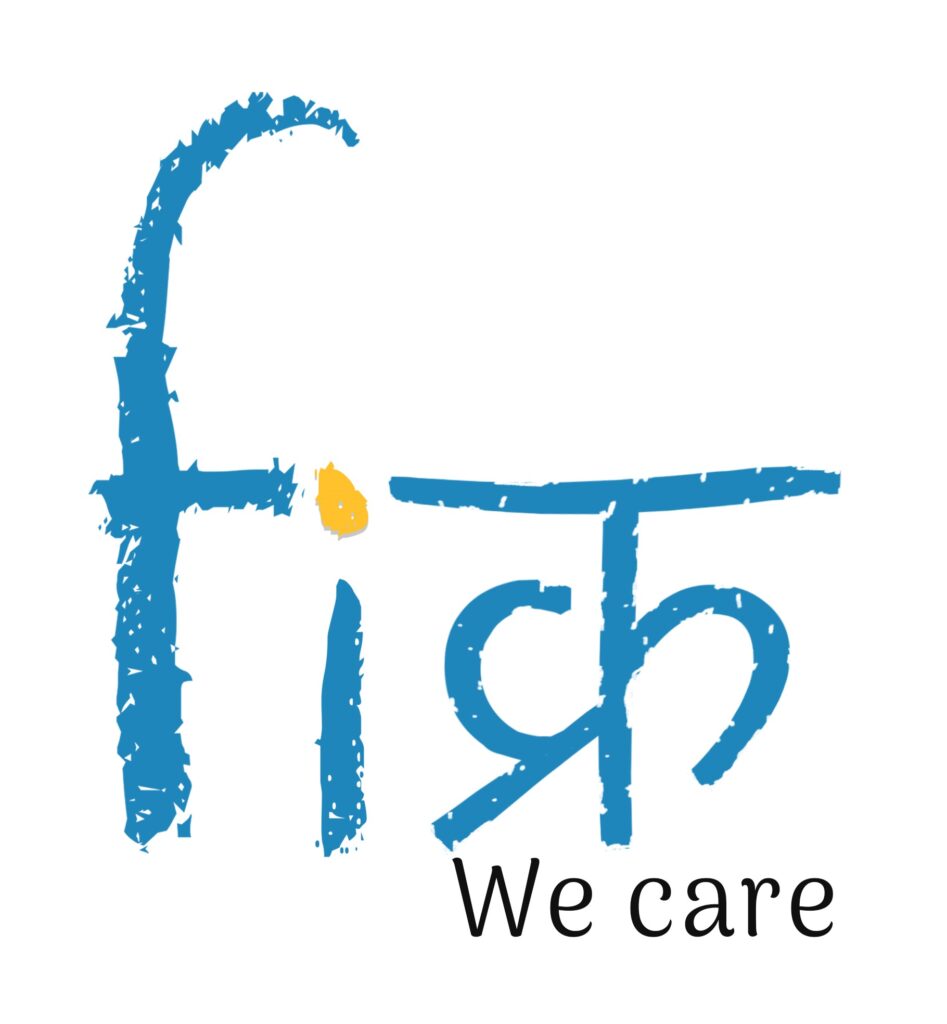
Like food, human beings depend on water for hydration and survival. Not only that, a healthy economy requires a good and safe supply of safe drinkable water. But all developing countries face shortages of water and water supply and accessibility issues.
India has 1.38 billion people and it is a very densely populated country. Certain areas and regions have more access to water than the others. Moreover, safe and clean water is not available everywhere.
Challenge of clean drinking water
A large portion of India’s population still practices open defecation. About 15% of the population still defecates in the open. Toilets are not built everywhere and lack of water supply in households causes troubles.
Water scarcity affects two-thirds of India’s districts, as do poor planning and implementation of water safety and security measures. About 91 million people in India lack access to safe drinking water. 229 million people lack access to improved sanitation.
Water-related diseases kill 780,000 Indians each year, according to WHO, accounting for 37.7 million new cases and 70-80% of the nation’s overall disease burden.
Causes of the problem
There are three major reasons for the lack of water supply. First reason is the insufficient water per person due to the high population. India has only 1,000 cubic meters of water per person, even using the higher estimate.
The second reason is lack of investment by the government in water facilities. This leads to poor quality of water. Because sufficient funds are not collected for the service, the facilities provided are also not properly maintained. Furthermore, due to a lack of technical and human resources, state pollution control bodies do not enforce industrial effluent requirements.
Third reason is the over-extraction of groundwater by farmers. This has dwindled the water resources. This rate of extraction is also increasing since 1980.
